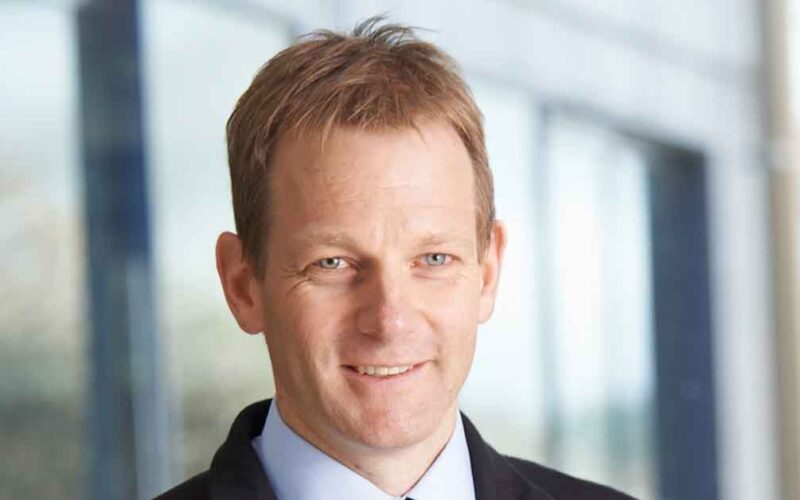The NZ dairy herd increased 82% between 1990 and 2019, with some of the largest increases in Canterbury and Southland. Neal Wallace investigates the future of dairying in those regions and talks to some innovators who are confident that with the use of technology and management changes, dairying has a future.
Environmental degradation from nitrate loss is not a national issue and DairyNZ does not support blanket input controls such as on applying synthetic nitrogen.
DairyNZ strategy and investment leader David Burger says Farm Environment Plans (FEPs) are a better tool as they are tailored to each farm and local conditions and can be reviewed to ensure they meet regulatory needs and catchment outcomes.
“Around half of all dairy farms already have a FEP,” Burger said.
Dairy farming will continue to have a key role in Southland and Canterbury economies and communities, even though those regions will be hit hard by the 190kg/ha/ a year cap on the use of synthetic nitrogen.
He said those farmers are responding by reducing their environmental footprint through riparian planting, reducing sediment and stabilising stream banks.
“While dairying does contribute to elevated nitrate levels, it’s important to note nitrate levels were high in shallow groundwater and spring-fed streams and drains in Canterbury long before dairy arrived,” he said.
In 2020-21, dairy contributed $3.27 billion directly to Canterbury’s local economy and $1.95b into Southland.
In Southland it was the top economic contributor and a top three economic contributor in Canterbury.
While farmers in those provinces must make significant changes to achieve the Government’s new national bottom line for nitrates, Burger said the issue is when and how?
He said DairyNZ will work closely with regional councils over the next four years as they develop catchment limits, but he wants the focus on action that restores natural habitats.
“A great example of this has been in Taranaki, where habitat restoration of riparian areas has been shown by NIWA to have resulted in improved ecosystem health, despite some catchments recording increasing nitrate concentrations,” he said.
In Southland, DairyNZ has provided analysis, research and a technical review of water quality and catchment science and in Canterbury it has been working with farmers in Selwyn and Hinds for three years through the Meeting a Sustainable Future project, to help them reduce nitrogen loss.
It also led research for new solutions in a Forages for Reduced Nitrate Leaching programme, which ran from 2013-19.
“This cross-sector approach provided new scientific knowledge, tools and technologies for forage production that can amount to more than 20% reduction of nitrate leaching from dairy, arable, sheep and beef and mixed-farming systems,” he said.
DairyNZ is also leading a seven-year research programme aiming at breeding cows with a lower nitrate leaching footprint that will enable farmers to meet environmental targets by identifying cows with urine excretion characteristics that reduce the risk of nitrate leaching.
Further research aims to determine the genetic basis of those characteristics and the scope for selecting sires that produce ‘low N’ daughters, while also developing the breeding and management strategies required to implement ‘low N’ cows in farm systems.
Read more articles in the special report series “Dairying has a future“










